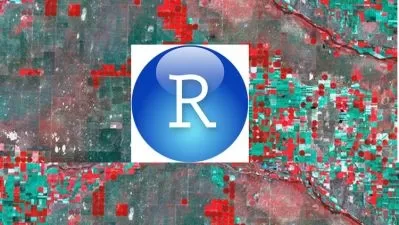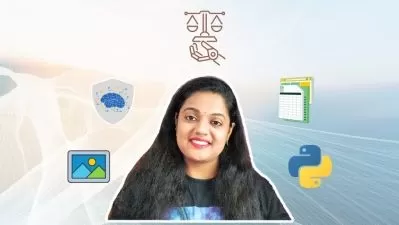Applied Machine Learning: Ensemble Learning
Derek Jedamski
2:25:44
Description
Do you want to grow your skills as a machine learning practitioner, but don’t know where to begin? You don’t need any formal training in data science to start working toward your goal. In this course, instructor Derek Jedamski shows you how to harness messy data, find signal in it, and build models that make powerful predictions with ensemble learners, one of the most common classes of machine learning algorithms.
Review the basics of the machine learning pipeline to find out where ensemble learners sit within it. Learn about the underlying theory that drives ensemble learners, covering examples of ensemble learning in Python and then implementing models of your own. Explore concepts like boosting, bagging, and stacking, and how to use each and when. Get the tools you need to ramp up your predicting power and advance your machine learning skills today.
More details
User Reviews
Rating
Derek Jedamski
Instructor's Courses
Linkedin Learning
View courses Linkedin Learning- language english
- Training sessions 36
- duration 2:25:44
- Release Date 2022/12/28






![ChatGPT Fundamental Course [UPDATED]](https://traininghub.ir/image/course_pic/8794-x225.webp)



